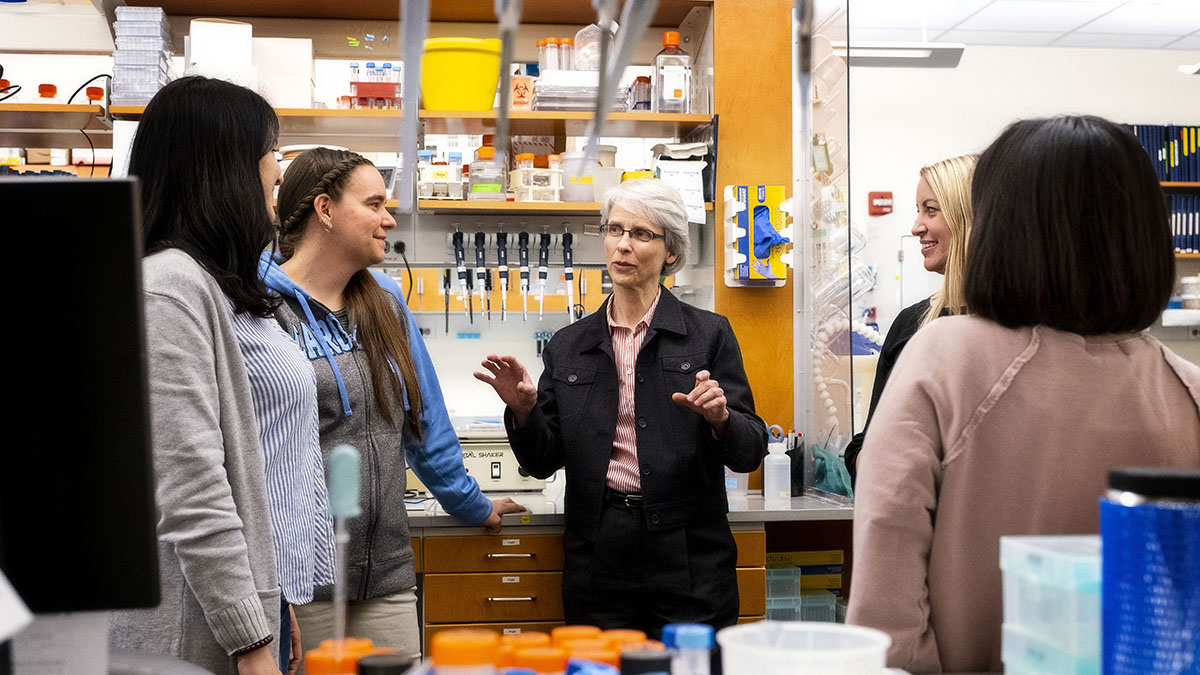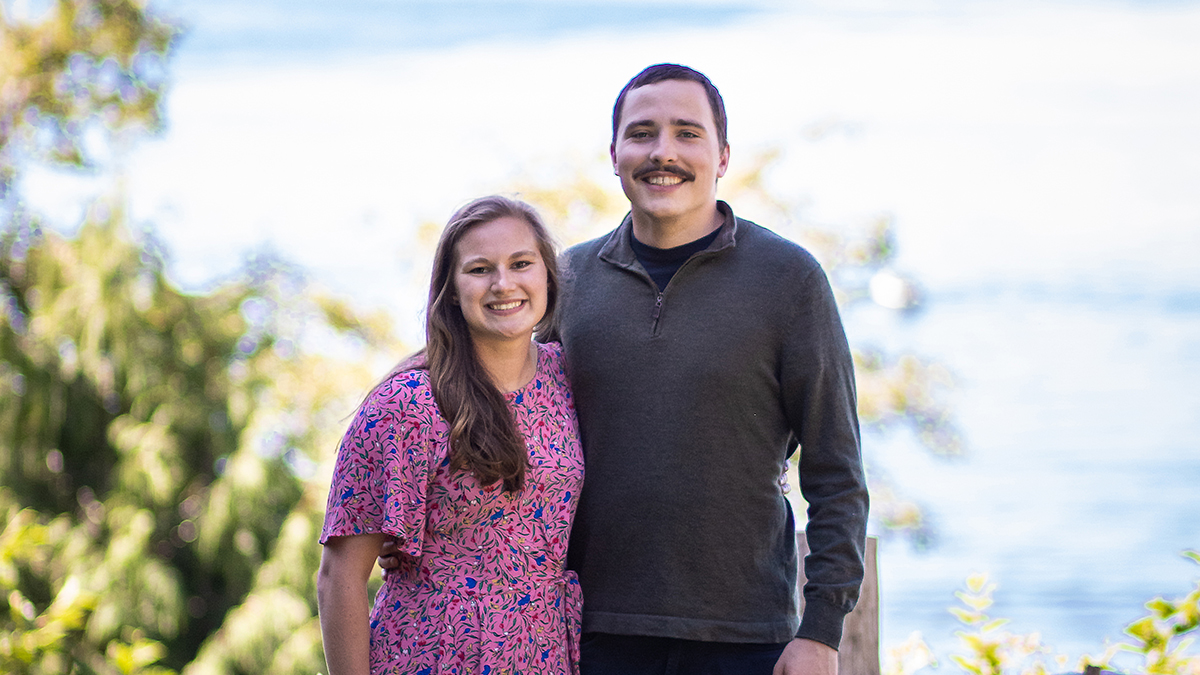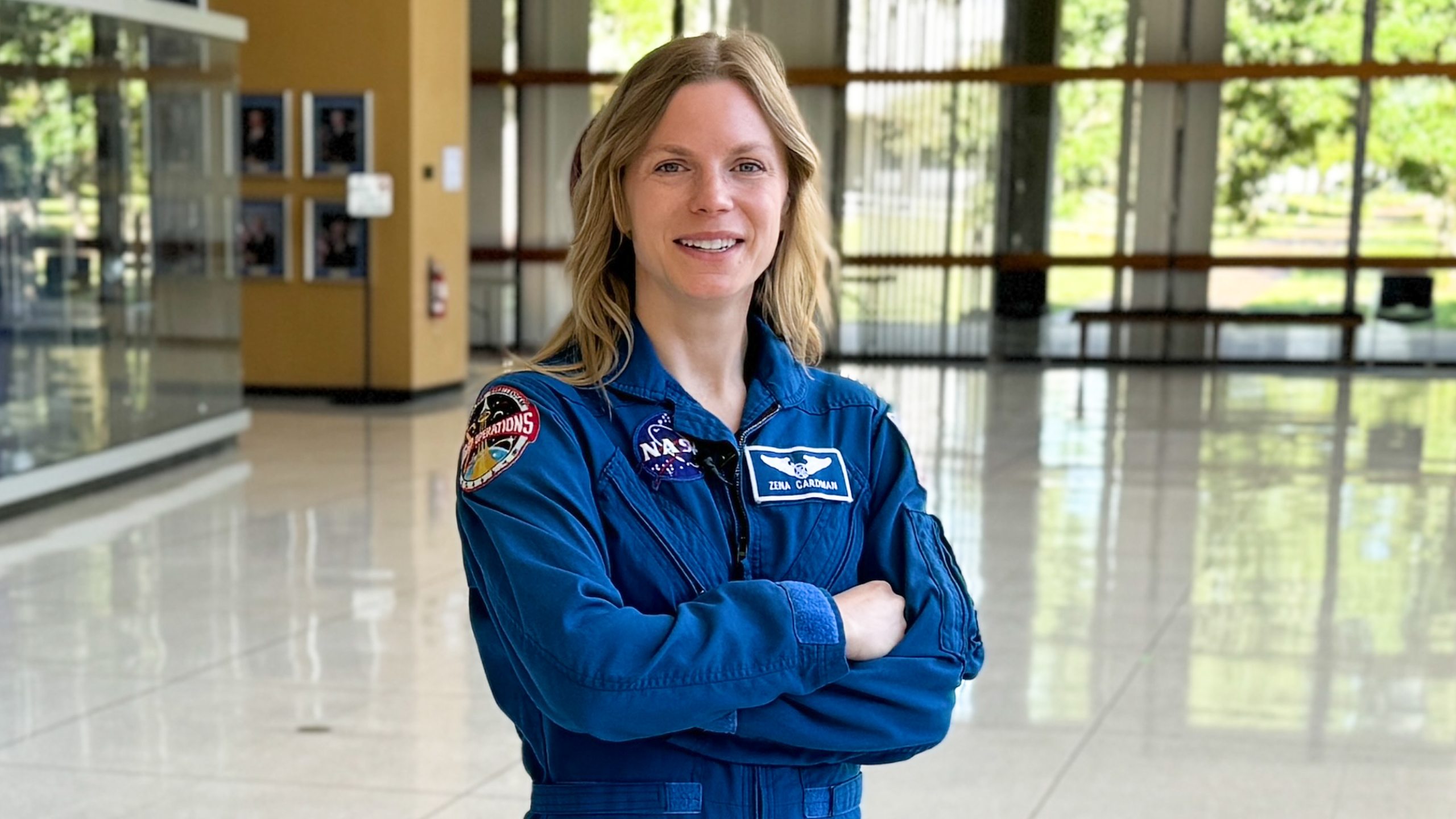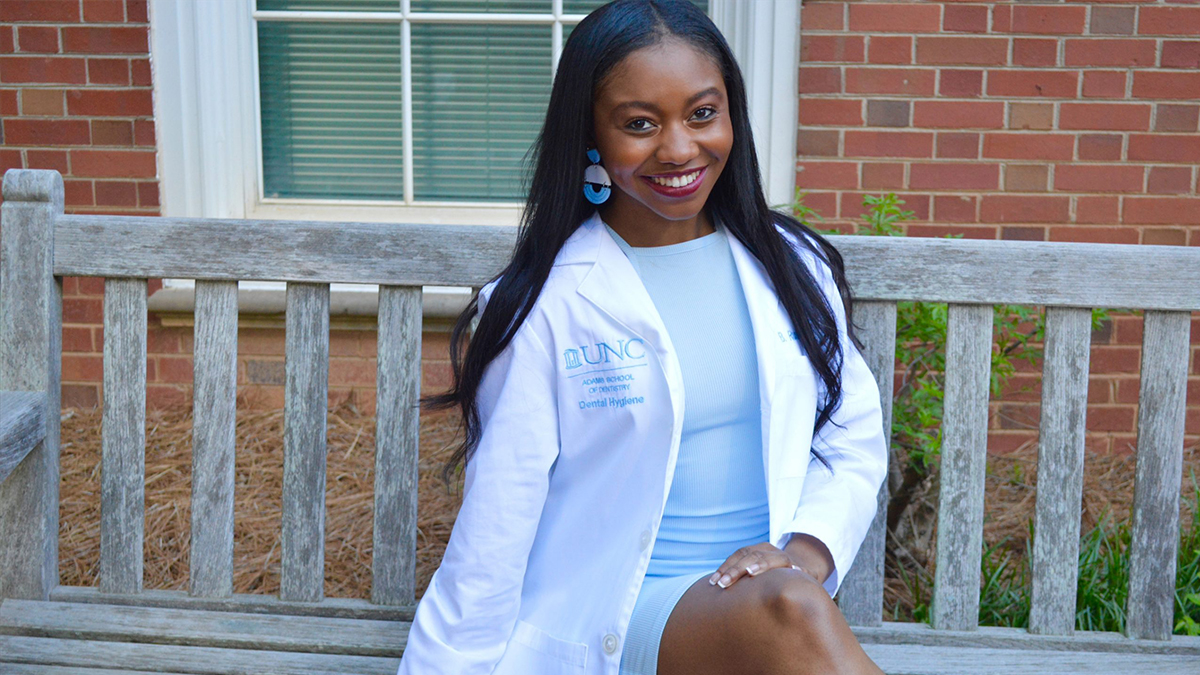Professor and inventor
Since starting her academic career, Nancy Albritton has co-founded four startup companies, holds 20 patents and has generated more than $1 million in revenue for Carolina.

Don’t tell Nancy Allbritton what she can’t do.
“If you tell me I can’t do something, by golly, I’m going to do it,” Allbritton said.
Some people told her that she would not make it in traditionally male fields. But she persisted and earned a bachelor’s degree in physics, doctor of medicine degree and a doctorate in medical physics/medical engineering.
Women breaking into those areas need, Allbritton said, “a certain personality where you have blinders on and you’re focused and you’re just going to do it no matter what.”
The Kenan Distinguished Professor of Biomedical Engineering and Chemistry, Allbritton has joint appointments in the medical and pharmacy schools. Since starting her academic career, she’s co-founded four startup companies, holds 20 patents (and has an additional 23 pending) and has generated more than $1 million in revenue for Carolina.
Allbritton’s research uses techniques from chemistry, physics, engineering and materials science to develop new technologies for biomedical applications. She has three major focus areas: analytical techniques for single-cell biochemical assays, microfabricated platforms for sorting and cloning cells, and micro-engineered “organ-on-a-chip” platforms that simulate how an organ works.
When Allbritton’s newly hired scientists participate in regular mentoring with sessions on topics like notebook keeping and statistics. Allbritton works with them later to help with deep thinking and experiment design.
“I go all out for all students and make sure we have people to help them on all the levels of their research, from the nitty gritty, like turning on an instrument, to more of the day-to-day troubleshooting,” Allbritton said.
The lab is a testament to the power of role models like Allbritton to help create a steady influx of women to STEM fields. “I think as you get more women, the influx begins to grow faster,” she said. “Because then you can see that there’s a place for everybody and you fit in and you belong. It begins to escalate.”




